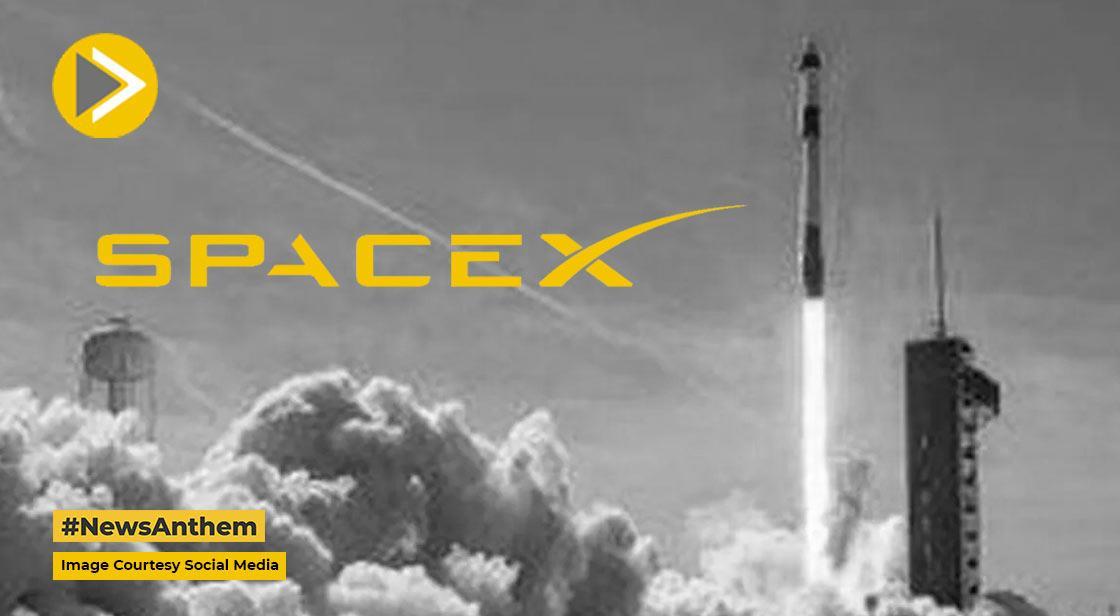SpaceX Planning To Launch A Private Moon Lander With NASA Flashlight Probe

News Synopsis
A Falcon 9 rocket is being prepared by SpaceX for launch on Wednesday morning. The mission, which includes both private and public payloads, is a good example of the state of the spaceflight industry at the moment and how we approach space exploration is changing.
Although it's a very routine launch for SpaceX, the mission has a significant impact. The Hakuto-R spacecraft from space is packed onto the Falcon 9 rocket together with a variety of supplies headed towards the lunar surface. The Lunar Flashlight probe from NASA's Jet Propulsion Laboratory, which is destined for the Moon and will search for water ice from a vantage point in a rarely used orbit, is also on board.
On Wednesday, November 30, at 3:39 a.m. ET, the Falcon 9 is scheduled to launch from Space Launch Complex 40 at Cape Canaveral Space Force Station in Florida. In the event that the launch must be scrubbed, a backup window will open up on Thursday at 3:37 a.m. ET. You can watch the live feed above or at SpaceX, YouTube, or 15 minutes prior to the scheduled liftoff.
About eight minutes into the flight, the Falcon 9 first stage will attempt a vertical landing on Landing Zone 1 at Cape Canaveral Space Force Station. The Hakuto-R spacecraft is expected to launch at the 46-minute point, followed by Lunar Flashlight six minutes later.
Although the launch itself is not a major thing, its effects will be momentous. The Mission 1 (M1) lander from Tokyo-based ispace will try to reach the moon's surface thanks to the Hakuto-R spacecraft. In the event that Hakuto-R M1 lands safely and successfully, ispace will be the first private enterprise to do so. A successful mission would mark the beginning of a new age in which commercial companies would frequently send commodities to the Moon. Hakuto-R Mission 1 by ispace is the first of what the company anticipates will be a series of affordable lunar surface deliveries.
You May Like









